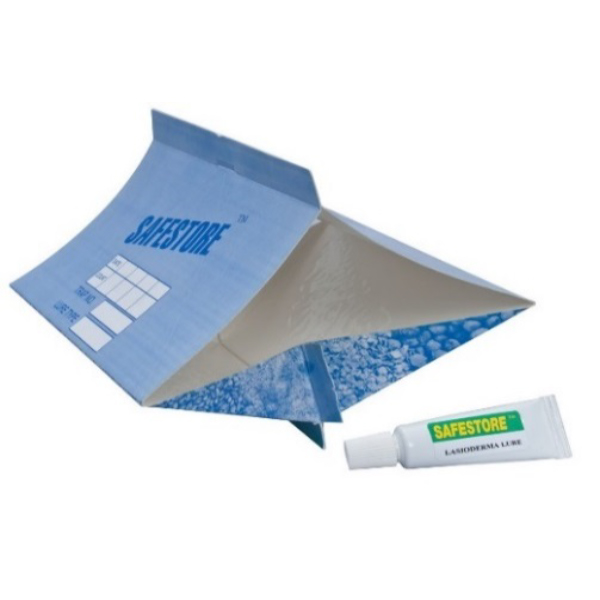Cigarette Beetle, Lasioderma Serricorne
Lasioderma serricorne, the cigarette beetle or tobacco beetle is a serious pest of refined cigarette and raw tobacco sources. The cigarette beetle is also a minor pest of dried fruits, cereals, oilseeds and flour.
Lasioderma serricorne, the cigarette beetle is a common warehouse pest in both tropical and temperate countries. The cigarette beetle is typically pan-tropical but can be found worldwide, especially wherever dried tobacco is stored in the form of leaves, cigars, cigarettes or chewing tobacco.
It is estimated that at least 1% of all warehouse tobacco commodity is infested and damaged by the Cigarette beetle, Lasioderma serricorne in the USA. This is equivalent to $300 million of stored tobacco stock per year, resulting in serious economic consequences for the manufacturer/distributor. Pheromone traps are widely used to monitor and help manage this species and are available from Russell IPM.









